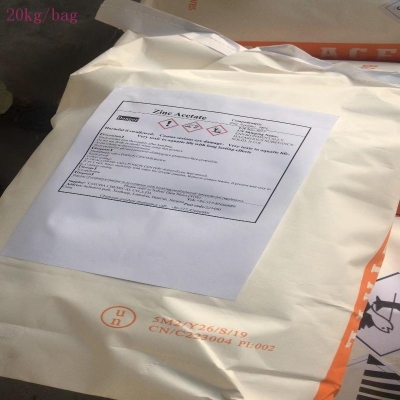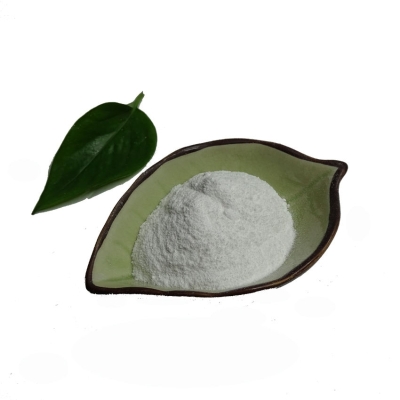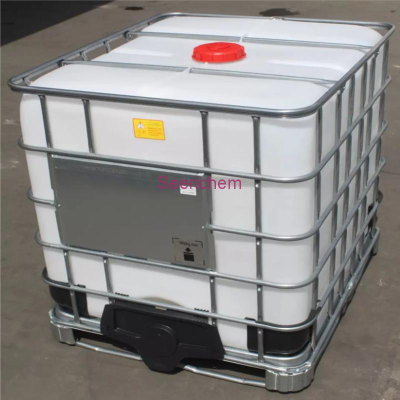-
Categories
-
Pharmaceutical Intermediates
-
Active Pharmaceutical Ingredients
-
Food Additives
- Industrial Coatings
- Agrochemicals
- Dyes and Pigments
- Surfactant
- Flavors and Fragrances
- Chemical Reagents
- Catalyst and Auxiliary
- Natural Products
- Inorganic Chemistry
-
Organic Chemistry
-
Biochemical Engineering
- Analytical Chemistry
-
Cosmetic Ingredient
- Water Treatment Chemical
-
Pharmaceutical Intermediates
Promotion
ECHEMI Mall
Wholesale
Weekly Price
Exhibition
News
-
Trade Service
In India’s bidding on July 15, Iranian suppliers put forward a shocking low price.
The CIF price was close to US$180 (in tons, the same below).
This was the lowest price since 2004.
This offer hit other suppliers, especially Is a supplier in China.
For the first time in many years, China's urea was absent from the bidding list.
Iranian producers sold it to India at an FOB price of US$170, which was about US$20 lower than the price of Chinese suppliers.
Indian buyer IPL can only purchase 300,000 tons out of the 420,000 tons supply.
Due to the low bidding price, the price of urea has dropped significantly.
The spot FOB price in Kuwait is US$181, and the FOB price of China's large granular urea has dropped to US$188-190.
Buyers all over the world have noticed this trend.
Overall, the IPL bidding price may be the bottom price of the urea market in 2016.
There is currently no large number of buyers in the market that can support the CIF price of US$180.
As prices are getting lower and lower, fewer and fewer Chinese suppliers want to export to India.
Major Chinese suppliers are considering exporting 2.
5 million to 3 million tons in the remainder of 2016, which will lead to a reduction in production capacity.
China is also actively advocating this action.
The urea market will continue to be weak.
Affected by the expected increase in production of CF's Iowa production line, the CIF price of urea in the United States is still at a low level of about $180.
The new output will increase the monthly supply of 100,000 tons of chemical fertilizer in the main corn-producing areas of the United States, and will start production in the fourth quarter.
As the U.
S.
market rejects spot urea, Brazil and other Latin American markets have become the focus of attention.
Due to supply pressure from the Middle East, Brazilian prices continued to fall.
The CIF price of large granular urea in some areas has dropped to US$190, which is equivalent to about US$170 in the FOB Arabian Gulf.
In order to curb further price declines, it is fundamental to increase market demand worldwide.
It is unlikely that demand will increase in August.
September and October are the time for demand to increase in the northern hemisphere.
Overall, the market price is close to the floor price, but it has not bottomed out yet.
The CIF price was close to US$180 (in tons, the same below).
This was the lowest price since 2004.
This offer hit other suppliers, especially Is a supplier in China.
For the first time in many years, China's urea was absent from the bidding list.
Iranian producers sold it to India at an FOB price of US$170, which was about US$20 lower than the price of Chinese suppliers.
Indian buyer IPL can only purchase 300,000 tons out of the 420,000 tons supply.
Due to the low bidding price, the price of urea has dropped significantly.
The spot FOB price in Kuwait is US$181, and the FOB price of China's large granular urea has dropped to US$188-190.
Buyers all over the world have noticed this trend.
Overall, the IPL bidding price may be the bottom price of the urea market in 2016.
There is currently no large number of buyers in the market that can support the CIF price of US$180.
As prices are getting lower and lower, fewer and fewer Chinese suppliers want to export to India.
Major Chinese suppliers are considering exporting 2.
5 million to 3 million tons in the remainder of 2016, which will lead to a reduction in production capacity.
China is also actively advocating this action.
The urea market will continue to be weak.
Affected by the expected increase in production of CF's Iowa production line, the CIF price of urea in the United States is still at a low level of about $180.
The new output will increase the monthly supply of 100,000 tons of chemical fertilizer in the main corn-producing areas of the United States, and will start production in the fourth quarter.
As the U.
S.
market rejects spot urea, Brazil and other Latin American markets have become the focus of attention.
Due to supply pressure from the Middle East, Brazilian prices continued to fall.
The CIF price of large granular urea in some areas has dropped to US$190, which is equivalent to about US$170 in the FOB Arabian Gulf.
In order to curb further price declines, it is fundamental to increase market demand worldwide.
It is unlikely that demand will increase in August.
September and October are the time for demand to increase in the northern hemisphere.
Overall, the market price is close to the floor price, but it has not bottomed out yet.







